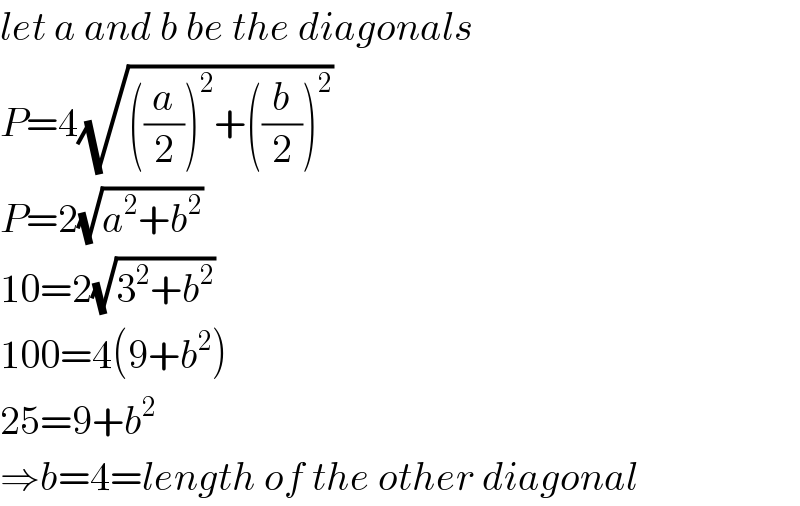
Question and Answers Forum
Question Number 39174 by jasno91 last updated on 03/Jul/18

Answered by MrW3 last updated on 03/Jul/18

| ||
Question and Answers Forum | ||
Question Number 39174 by jasno91 last updated on 03/Jul/18 | ||
 | ||
Answered by MrW3 last updated on 03/Jul/18 | ||
 | ||
| ||